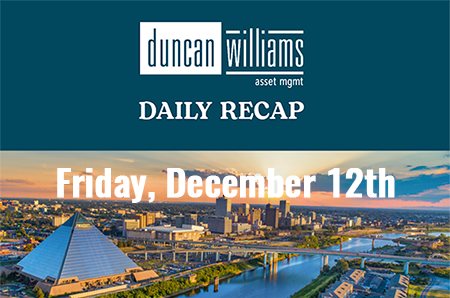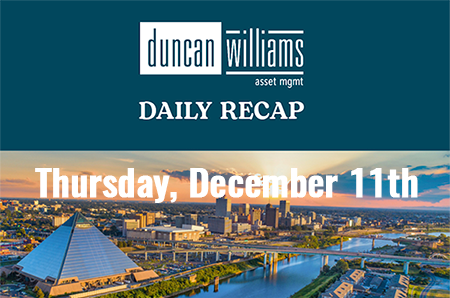Economic Outlook for the Rest of 2025: What’s Ahead for Investors and Households?

As we enter the second half of 2025, the economic outlook remains uncertain, with some bright spots. Let’s review what analysts and forecasters see in the data, and what it could mean for your wallet, investments, and job.
US Growth: Slowing But Not Stopping
Economists expect US GDP growth to slow for the rest of the year. EY projects real GDP will fall from 2.8% last year to about 1.5% in 2025, with year-over-year growth dropping near 0.8% by Q4. Deloitte and others attribute much of this slowdown to higher interest rates, weaker consumer spending, and the continued effects of tariffs and policy uncertainty. The unemployment rate has edged up but remains low, near 4.2%, keeping recession fears in check.
Policy clarity should help: Major tax legislation passed earlier this summer postponed a “fiscal cliff” in 2026. Still, rising deficits and debt service pose long-term concerns for the government and private sector.
Inflation: A Mixed, Modestly Higher Picture
After two years of high prices, inflation is calming slightly. Core US inflation is just above 3%, as sticky categories like shelter and services offset stable prices for energy and goods. RBC and Morgan Stanley expect headline inflation to rise through late 2025 as new tariffs are absorbed by supply chains. Forecasts predict annual inflation to range from 2.7% to 3.1%, with the Federal Reserve expected to monitor both growth and price stability.
Overall, inflation is not out of control, but it remains higher than pre-pandemic levels. As a result, consumers are likely to continue feeling pressure on their budgets, particularly in markets where rent and healthcare costs are elevated.
Interest Rates: On Hold, With a Slight Bias to Easing
The Federal Reserve kept rates steady, with the benchmark at 4.25%-4.50%. Most forecasters, including Morningstar, expect two modest rate cuts this year, but the outcome depends on the inflation data. Mortgage and business borrowing costs remain higher than pre-pandemic. Consumers and companies are adjusting to this new normal.
Global Growth: Weakest Since the Great Recession
Global growth is being revised down. The World Bank, OECD, and United Nations expect global GDP to rise by just 2.3-2.4% in 2025, the slowest growth since the financial crisis, except during recession years. Trade tensions, higher tariffs, and policy uncertainty are hurting exports, investment, and confidence, especially in developing nations. However, a global recession isn’t the consensus—forecasters expect slow growth, not contraction. Advanced economies are expected to decelerate, with Europe showing slight improvement and China maintaining a strong but slower expansion.
Recession Risks: Elevated, But No Panic
Though recession is making headlines, it’s not seen as likely for the US in 2025. Most major forecasters, including the IMF and Oxford Economics, peg the odds of a US recession at 30-40%, which is above the average but not certain. Risks include a sharper trade shock, a spike in energy prices if conflicts worsen, or sudden job market weakness.
What to Watch
- Jobs: Slowing job gains may put pressure on wage growth, but the unemployment rate remains low for now. Key takeaway: The Job market is stable, but wage growth may soften if job gains slow.
- Prices: Inflation is moderating but remains above the Fed’s comfort zone, with possible upward pressure from tariffs and supply bottlenecks. Key takeaway: Expect continued price pressure, particularly from tariffs and supply chain issues.
- Interest rates: Modest cuts are on the table late in the year if growth slows further and inflation cools. Key takeaway: Any rate cuts are likely to be small and gradual, not a return to ultra-low rates.
- Politics and Policy: Stay informed about new legislation and ongoing trade disputes, and consider how these might affect your financial and professional plans. Proactive adjustments now can help safeguard your investments and opportunities in the months ahead. Key takeaway: Recent and ongoing policy moves will continue to affect markets and the real economy.
Disclosure
This article is for informational purposes only and does not constitute investment advice, an offer, or a solicitation of any kind. Forecasts and projections discussed herein are based on current conditions and may change without notice. All investing involves risk, including loss of principal. Diversification and asset allocation do not guarantee a profit or protect against loss. Past performance does not guarantee future results. For more information about investing risks and SEC disclosures, visit www.sec.gov.
Sources
- https://www.ey.com/en_us/insights/strategy/macroeconomics/us-economic-outlook
- https://www.deloitte.com/us/en/insights/topics/economy/us-economic-forecast/united-states-outlook-analysis.html
- https://lsa.umich.edu/content/dam/econ-assets/Econdocs/RSQE%20PDFs/RSQE_US_Forecast_May25.pdf
- https://www.conference-board.org/research/us-forecast
- https://www.rsmus.com/insights/economics/the-us-economic-year-ahead-2025.html
- https://www.worldbank.org/en/news/press-release/2025/06/10/global-economic-prospects-june-2025-press-release
- https://www.oecd.org/en/about/news/press-releases/2025/06/global-economic-outlook-shifts-as-trade-policy-uncertainty-weakens-growth.html
- https://www.rbc.com/en/thought-leadership/economics/featured-insights/us-inflation-outlook-a-squeeze-higher-in-second-half-of-2025/
- https://tradingeconomics.com/united-states/inflation-expectations
- https://www.morningstar.com/markets/when-will-fed-start-cutting-interest-rates
- https://www.federalreserve.gov/monetarypolicy/fomcprojtabl20250618.htm
- https://www.imf.org/en/Publications/WEO/Issues/2025/04/22/world-economic-outlook-april-2025
- https://money.usnews.com/investing/articles/recession-2025-what-to-watch-how-to-prepare
- https://www.jpmorgan.com/insights/outlook/economic-outlook/fed-meeting-may-2025
- https://desapublications.un.org/publications/world-economic-situation-and-prospects-mid-2025












